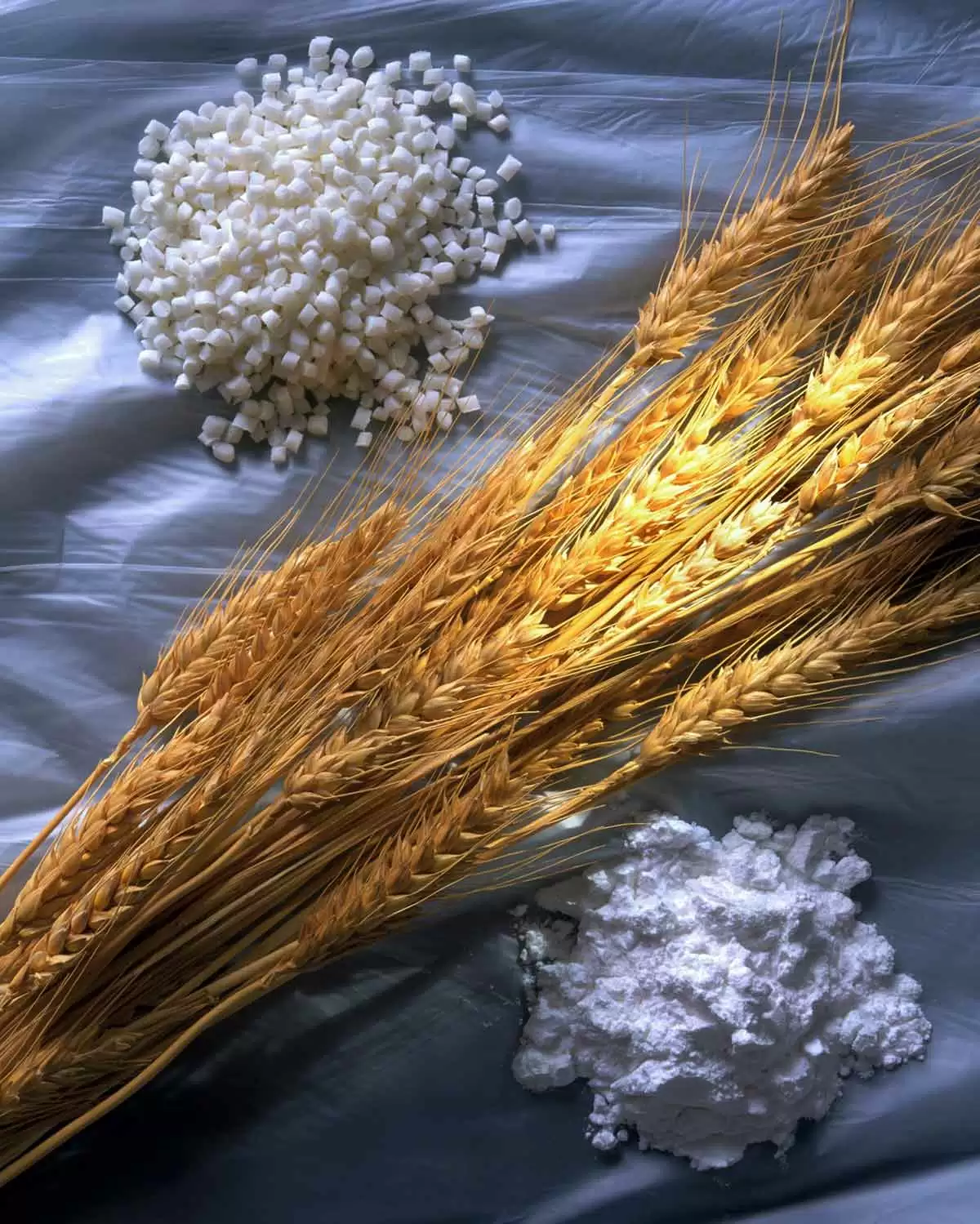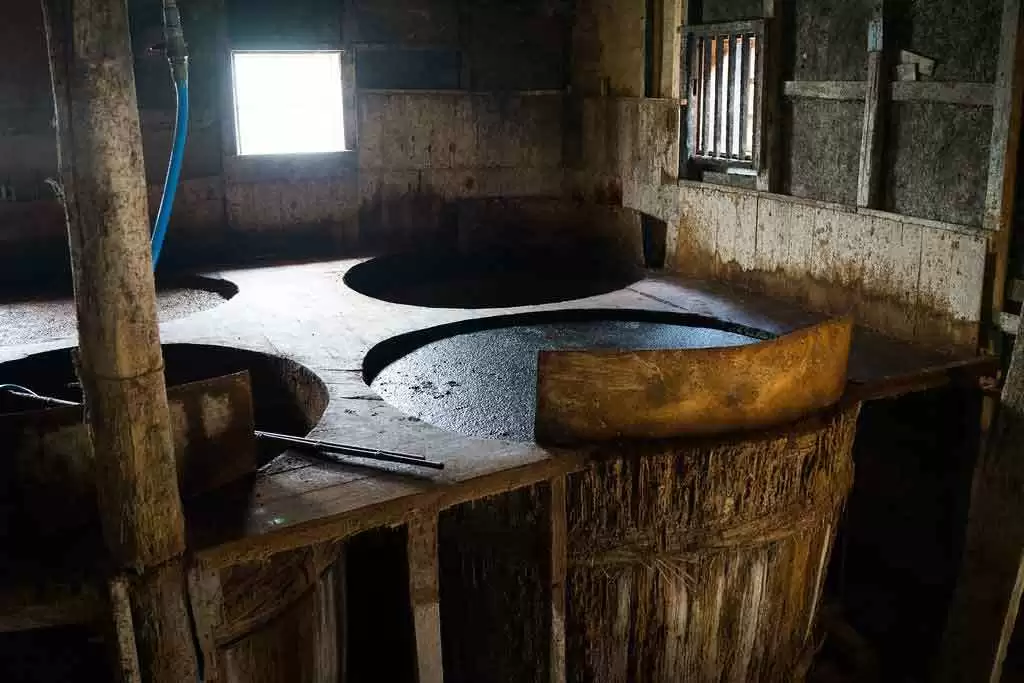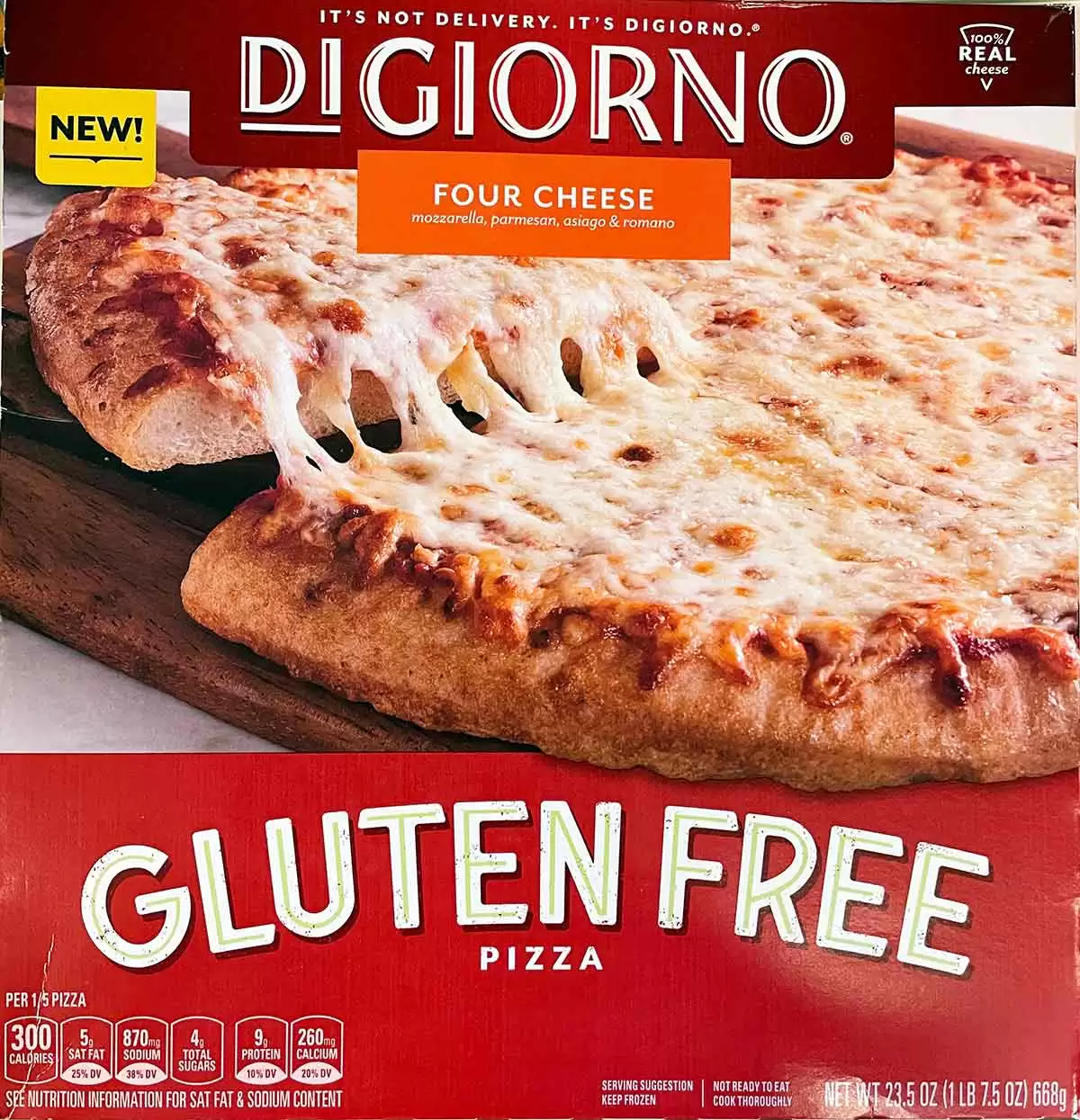
Celiac.com 06/02/2021 - Under the FDA’s 2013 Rule on Gluten-Free Labeling of Fermented or Hydrolyzed Foods, wheat starch is considered “an ingredient processed to remove gluten.” Wheat starch is an allowed ingredient in foods labeled gluten-free as long as its use does not result in the final food product containing 20 parts per million or more of gluten. The FDA clarified the rule to require food manufacturers to ensure that products containing fermented, hydrolyzed ingredients meet the definition of “gluten-free” before fermentation or hydrolysis.
While fermented foods and ingredients made using gluten-free wheat starch as a starting material can be labeled gluten-free, wheat starch itself is not considered by FDA to be a fermented or hydrolyzed food.
Celiac.com Sponsor (A12):
What Gluten Free Products Use Wheat Starch?
Although gluten-free wheat starch has been approved by the FDA, there is still a great deal of skepticism about it. We recently reported that wheat starch is an ingredient in DiGiorno's Gluten Free Pizzas.
Wheat Starch Long Used in Europe
In Europe, the use of wheat starch in gluten free foods has been rigorously tested, with no evidence that foods made with gluten-removed wheat starch are harmful to people with celiac disease. Companies like Schär has been using it for over 20 years, with more than 90% of the wheat starch used by Schär testing below 5ppm, under ELISA.
Wheat Starch Controversial in US
However, because the use of wheat starch in gluten-free foods is still hotly debated in the US, even Schär only uses it in their Gluten Free Croissants, and a handful of other products in this country. Because wheat starch is controversial in the US, Celiac.com puts wheat starch on our Unsafe and Forbidden Foods and Ingredients list.
Find more information on Celiac.com's Safe Gluten-Free Foods list.
For the most part, wheat starch can be considered a safe ingredient for celiacs, as long as it is labeled gluten free. As always, read labels, avoid ingredients that disagree with you, and choose wisely.







Recommended Comments
Create an account or sign in to comment
You need to be a member in order to leave a comment
Create an account
Sign up for a new account in our community. It's easy!
Register a new accountSign in
Already have an account? Sign in here.
Sign In Now